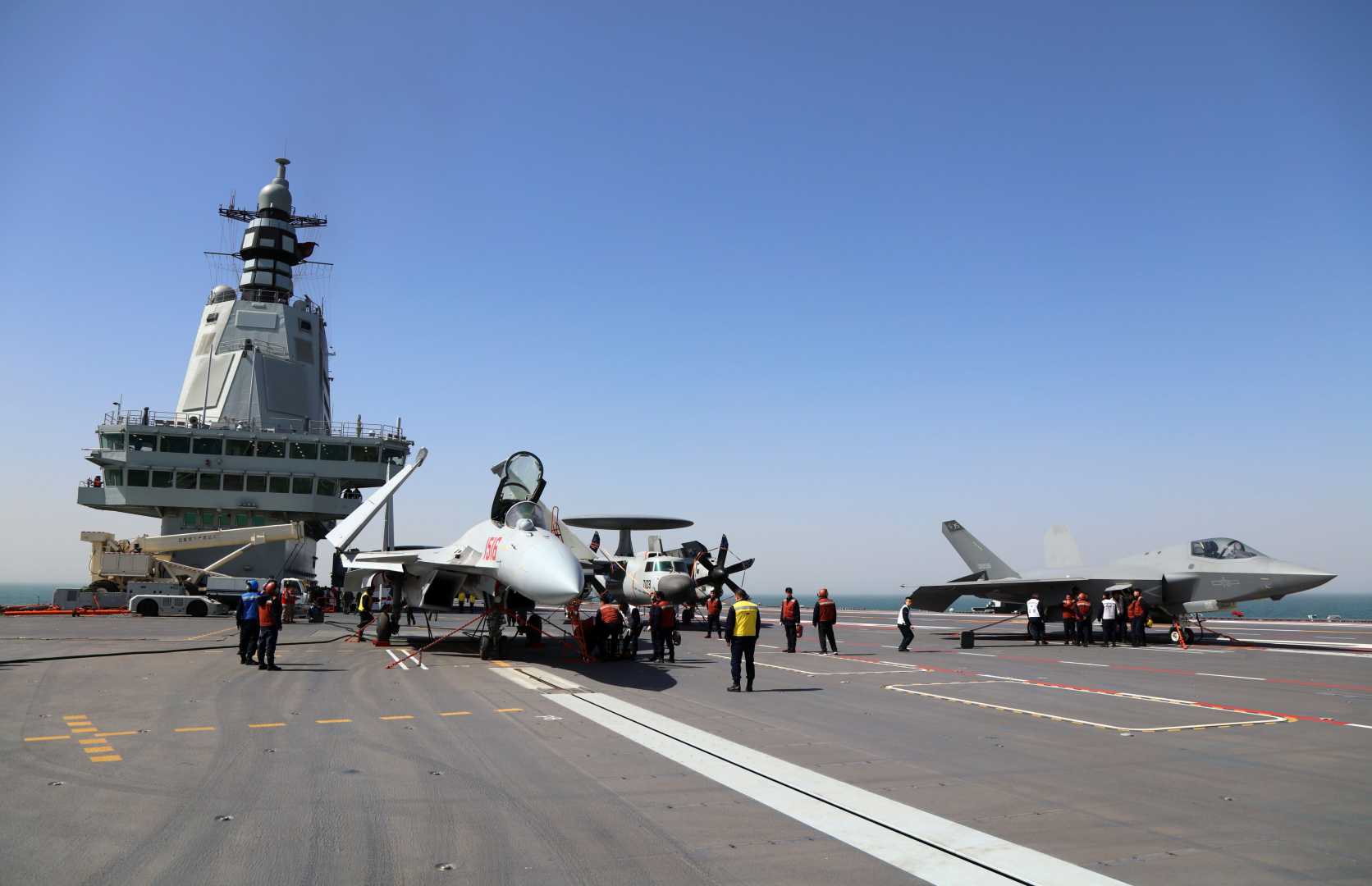World
China Launches Electromagnetic Catapult Aircraft Carrier Amid Naval Tensions

BEIJING, China — On November 5, President Xi Jinping oversaw the commissioning of China’s latest aircraft carrier, making China only the second nation to operate a vessel equipped with an electromagnetic catapult system.
This development follows recent naval activities, including two aircraft from the USS Nimitz operating in the vicinity last month. These events highlight a strategic shift that is often overlooked. The real naval balance lies not in the total number of carriers, as the US has 11 and China has three, but rather in the operational capabilities and readiness each nation can deploy.
There are growing concerns about whether US forces can maintain a significant presence in potential areas of conflict, particularly regarding Taiwan. The US military has focused on counter-insurgency for the past two decades, raising questions about its ability and political will to engage in a full-scale war.
Maritime deterrence now hinges more on operational readiness and the ability to concentrate power quickly at critical points. The US Navy’s Seventh Fleet, which oversees operations in the Western Pacific, usually has one carrier strike group stationed in Japan. To deploy additional vessels in a crisis would require weeks and could leave other areas vulnerable.
In contrast, China is not hampered by such limitations. Its two operational carriers, the Shandong and Fujian, are located in Hainan and poised for action in the South China Sea. This geographical advantage allows Beijing to mobilize its carrier force within days, supported extensively by its land-based air capabilities.
As the balance of naval power shifts, the calculations increasingly favor China’s position near its coast, raising concerns about America’s ability to respond in future confrontations.












